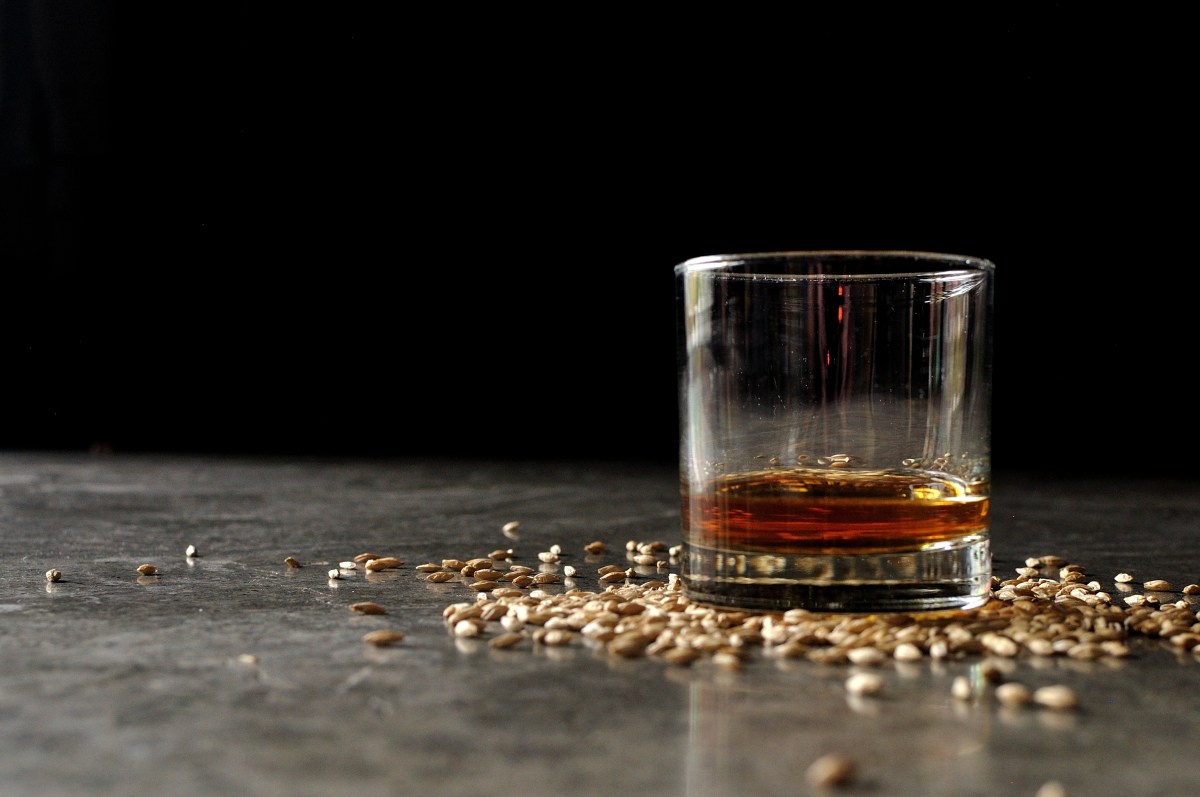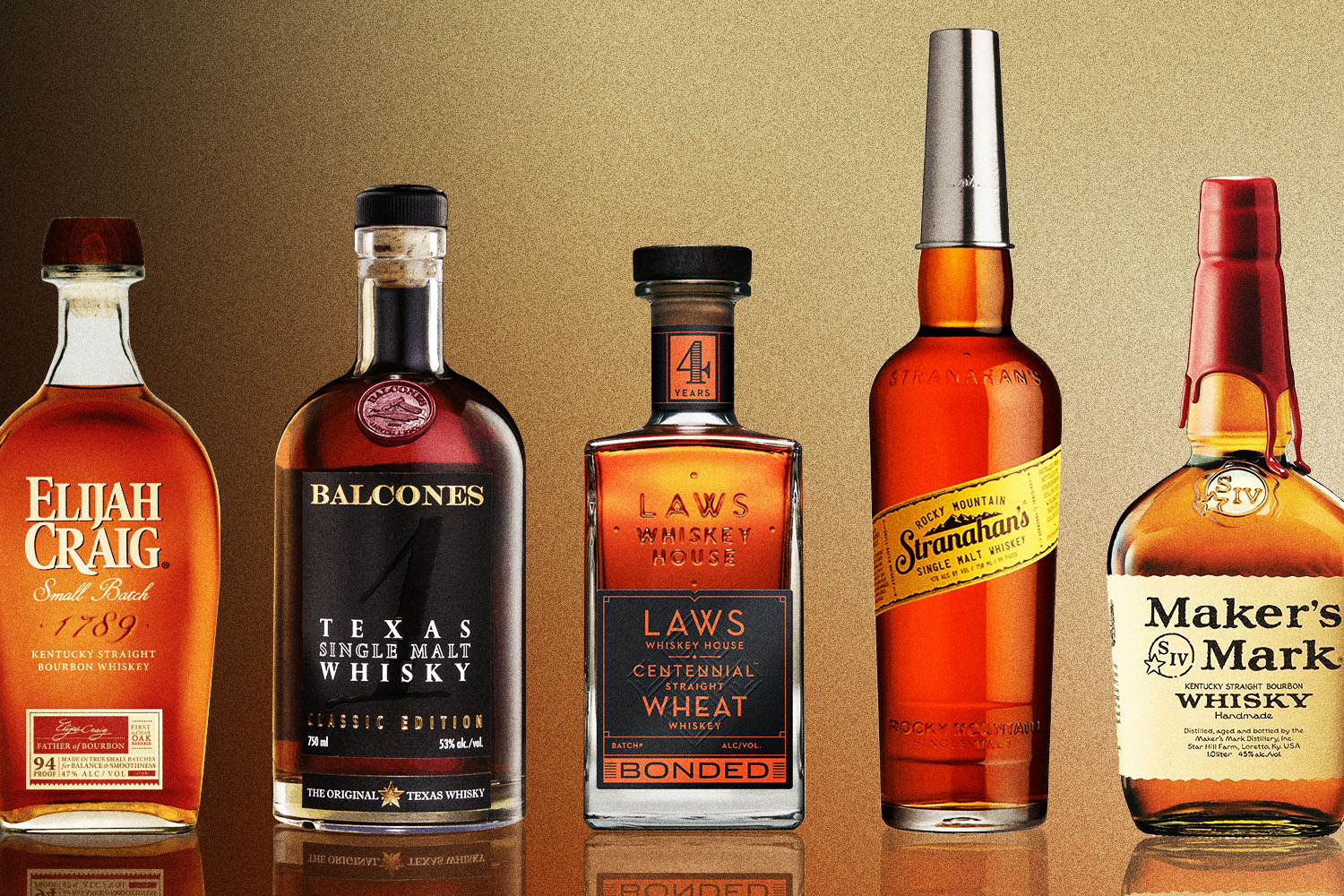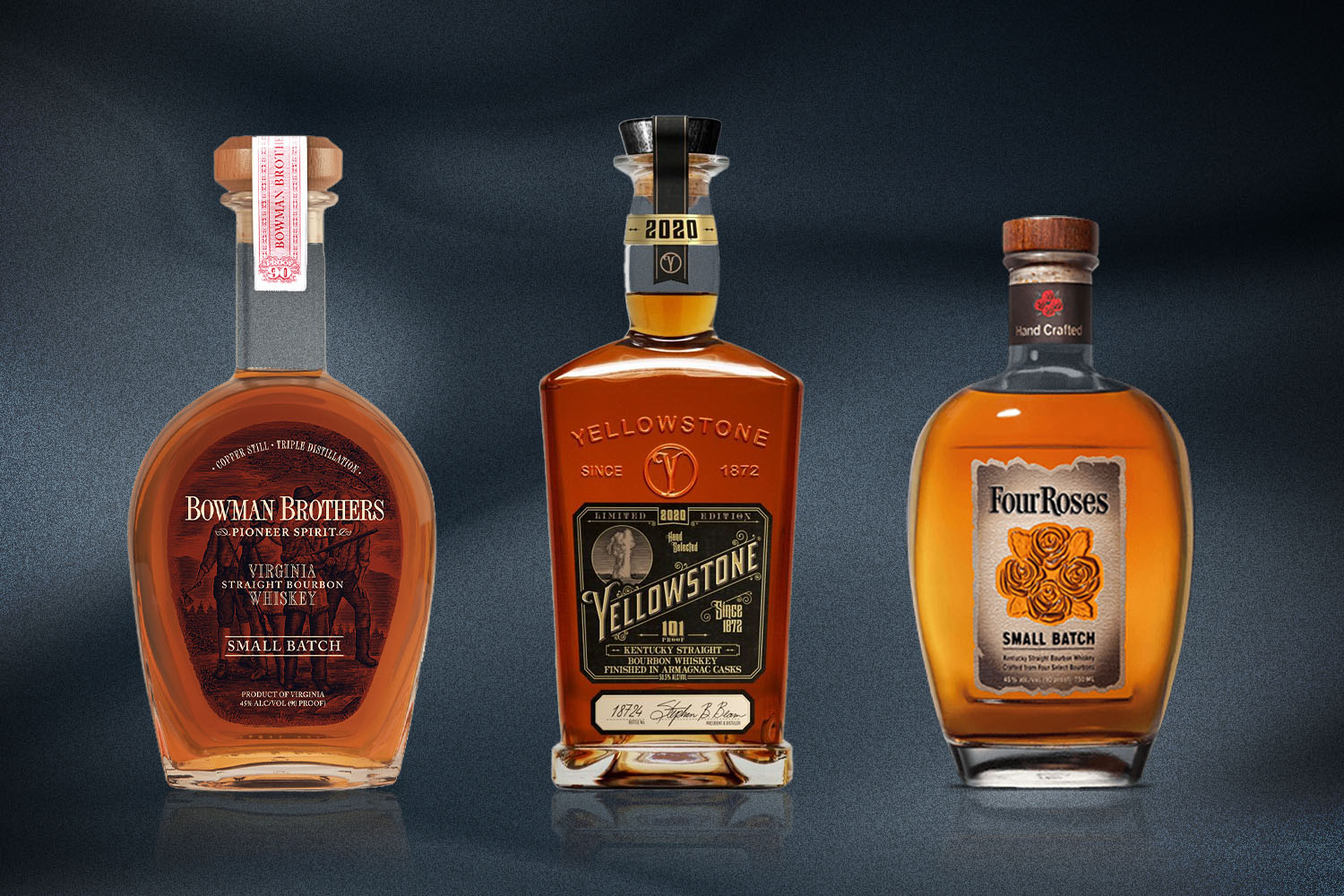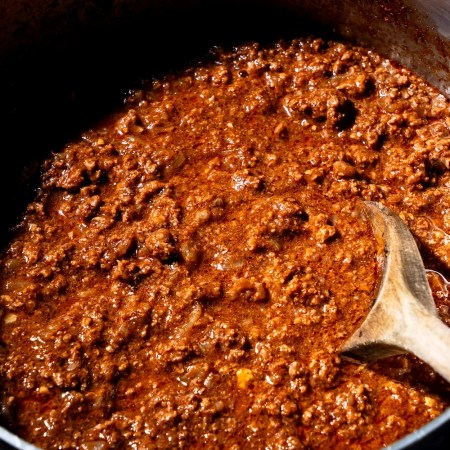Update July 5, 2021: In 2019, it looked like we were on the verge of getting a new whiskey category: American Single Malt. Fast forward two years and the Alcohol and Tobacco Tax & Trade Bureau is just now taking steps to creating a legal standard for the growing but unofficial category, with a ruling expected by December.
Below, we take a look at what, exactly, defines the category, as well as the major players to look out for as it grows in the coming years.
Want to celebrate America this holiday weekend? Reach for a single malt.
Not a Scotch — an American Single Malt Whiskey. It’s a burgeoning spirits category currently awaiting a more official designation from our country’s government, and it’s a tasty and patriotic way to celebrate your favorite brown spirit.
“American Single Malt Whiskey is the most exciting thing in whiskey today,” says Steve Hawley, Director of Marketing for Seattle’s Westland Whiskey. “Much like Japanese single malt that emerged decades ago, American producers are now proving that great single malt can be made outside the borders of Scotland. And it offers drinkers the chance to experience the world’s oldest style of whiskey in a whole new way.”
The idea of a U.S. single malt category only started in 1993, when Portland’s Clear Creek Distillery produced the first one; today, there are over 100 domestic distilleries crafting this fine tipple, which you may not even realize even as you’re sipping one.
Which is why there’s an organization that wants to help both distillers and consumers learn about the style.
A quick 101 here: an American Single Malt loosely shares an ideology with single malt Scotches, and it’s certainly distinct from other domestic and recognized categories such as bourbon, rye, wheated and Tennessee whiskey. The formal Standard of Identity for American Single Malt Whiskey, which was submitted to the Alcohol and Tobacco Tax and Trade Bureau in June by the American Single Malt Whiskey Commission, asked that the category be defined as follows: “American Single Malt Whisk(e)y is whisk(e)y distilled entirely at one United States distillery, mashed, distilled, and matured in the United States of America, distilled to a proof not exceeding 160° proof from fermented mash of 100% malted barley and stored in oak containers not exceeding 700 liters, and bottled at not less than 80° proof.”
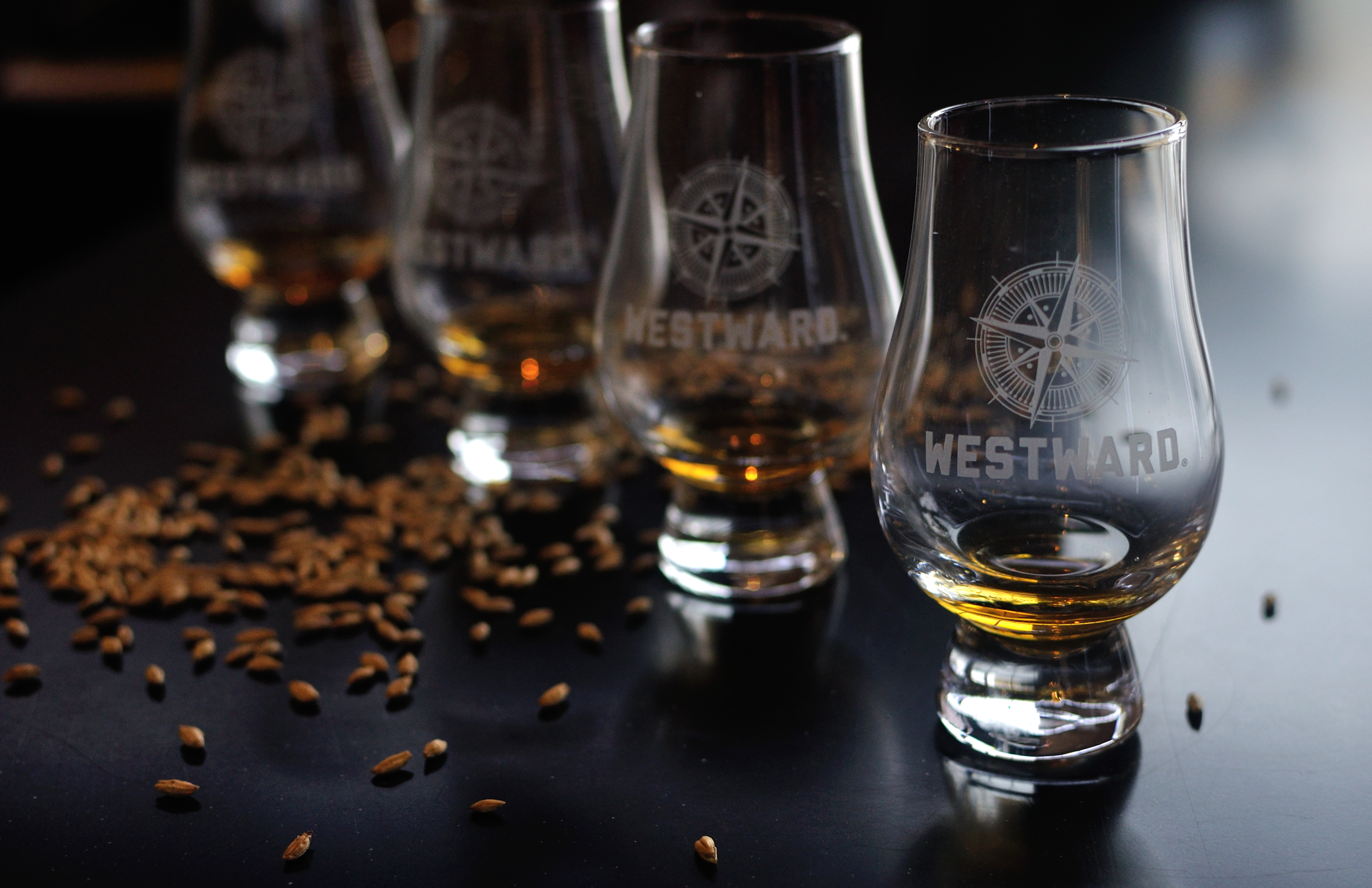
Given the excitement around the unofficial category — and recognizing the confusion surrounding it — we spoke with Jared Himstedt, co-founder and head distiller of Waco, TX-based Balcones Distilling, Christian Krogstad from Westward Whiskey in Portland, OR, and Steve Hawley, the aforementioned Director of Marketing for Seattle’s Westland Distillery and Executive Director of the ASMWC.
InsideHook: What defines an American Single Malt Whiskey?
Steve Hawley: The definition for American Single Malt Whiskey follows the same fundamental principles established for Scotch single malt and accepted across the world: whiskey made from 100% malted barley and distilled at one distillery. The main divergence from the legal definition in Scotland relate to a few requirements that we’ve intentionally left out to allow some latitude for innovation in this country.
Jared Himstedt: It was a long process to come up with a standard that would acknowledge and respect what Single Malt has meant historically and create a standard that would encourage the creativity and exploration that’s happening. We left out a requirement for type of still (pot, column or hybrid) as well as any restrictions on new vs. used oak in maturation.
What is the goal of the American Single Malt Whiskey Commission?
JH: To first establish and then protect the category with a federally recognized standard of identity, and then the collective promotion of the category through establishing a united platform for education and awareness. The progress on the standard of identity is very promising, although there’s still work to be done. We are in the planning stage for a series of ASMW events across the country over the next year.
Why is it important for the government/TTB to recognize this category as something unique?
Christian Krogstad: There’s currently a lot of discussion around whether American Single Malt will ever receive a formal TTB definition. Regardless of whether that happens, our goal as an organization is to band together in an effort to spread category awareness. As American Single Malt producers, it’s important to be defined by what we are, not what we’re not (bourbon, rye, etc.). When you think about a consumer shopping at retail, it’s not helpful when American Single Malt is grouped together with all other American whiskeys – namely, with bourbon and rye; it’s a wholly different type of spirit, and it’s important that it’s treated as such at retail.
Regardless of whether these standards are formalized through the TTB, it’s important to have some standard of identity in order to help the consumer understand what we’re all about. Again, think of how a consumer shops at retail; Scottish Single Malts, Japanese Malts and many of our other malt whiskey counterparts from around the world have their own designated shopping sections. We believe it’s important to be able to command the same.
Why should the average whisky/whiskey drinker seek out an American Single Malt?
JH: Anyone who understands and appreciates American whiskey and all the exciting momentum currently coming from smaller producers will find this category to be full of excellent whiskey. The variety of American Single Malt available is astounding. Single Malt drinkers have been enjoying the growth of the category globally outside of Scotland for a long time, and American Single Malt brings something new and very high quality to that ongoing conversation.
CK: American Single Malt, and in particular, Westward, is really a whiskey that’s driven by place. We set out to create a whiskey from all of the elements that truly define the Northwest, and we called it Westward along the way. In the Northwest, we’re in the heart of a region that produces incredible barley, the inspiration behind any world-class single malt.
What about even more regional or other forms of American Single Malt subcategories?
JH: That could come with time. I can absolutely imagine a future with subcategories based on regionality, type of stills, process approaches, etc. As distillers continue to explore local and heirloom grain varieties, local oak species, wild bacteria and yeast in fermentation, and all of our unique maturation climates we may begin to see some of the subcategories begin to take shape.
What’s the next step in American Single Malt Whiskey becoming its own category?
SH: To wait. The TTB has received a large number of comments on a broad range of topics which they now need to sift through. It’s an immense task, one that the TTB hasn’t undertaken in over three decades. They’ll conduct their deliberations then ultimately publish a final list of rule changes before ratifying them into law. There is no set timetable for them to complete this process and as of now it’s out of our hands. Given the work we’ve done as a Commission, individual producers, and regional trade organizations, and the widespread support we’ve received throughout the process, we’re optimistic that a formal definition for American Single Malt Whiskey will be included in the final ratified CFR.
A few American Single Malts to try:
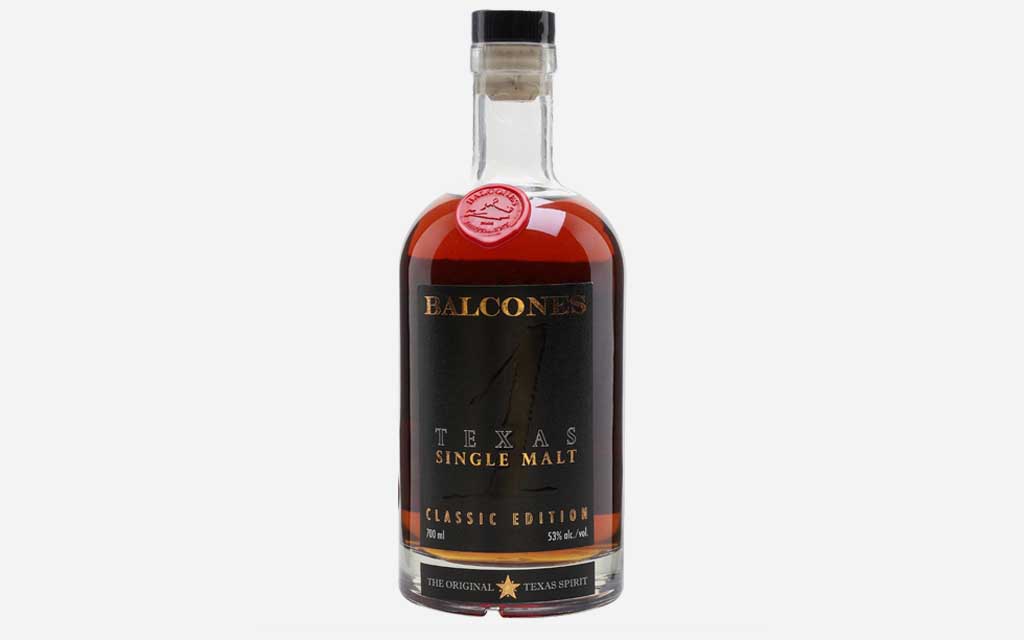
Balcones “1” Texas Single Malt (Waco, TX)
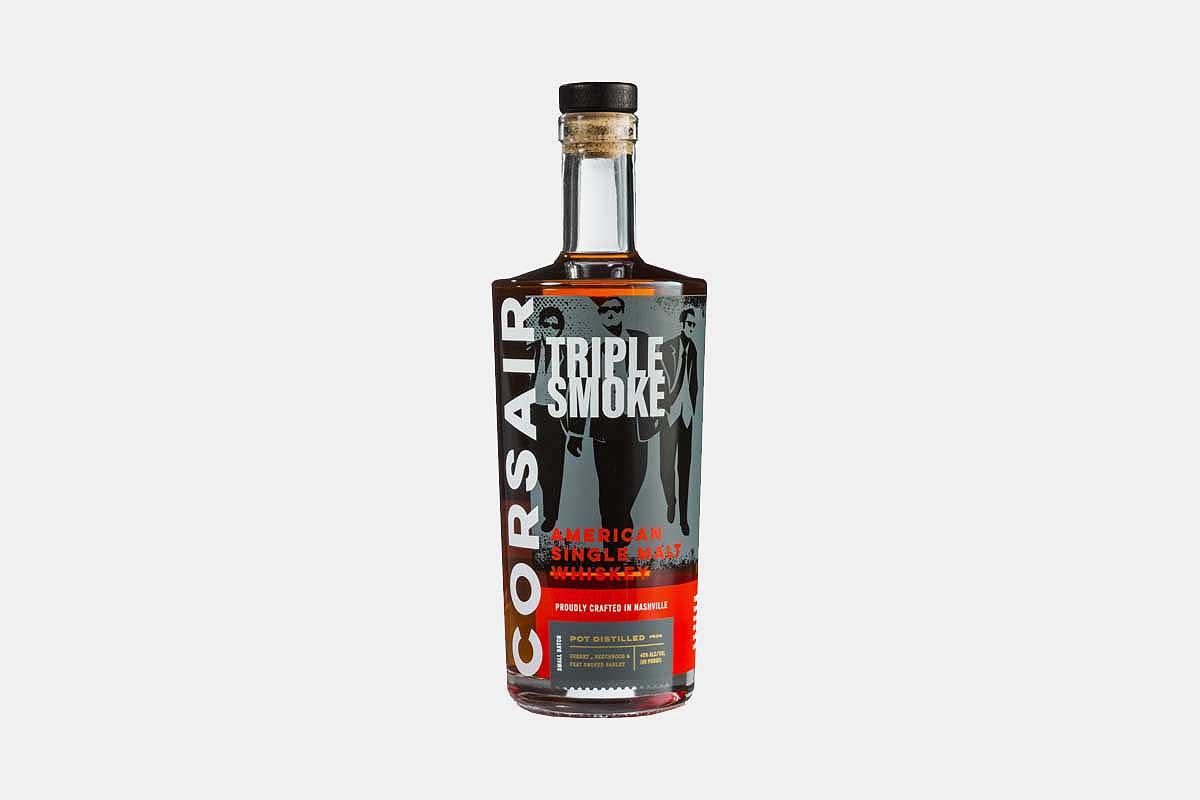
Corsair Triple Smoke (Nashville, Tennessee)

FEW Single Malt Whisky (Evanston, IL)
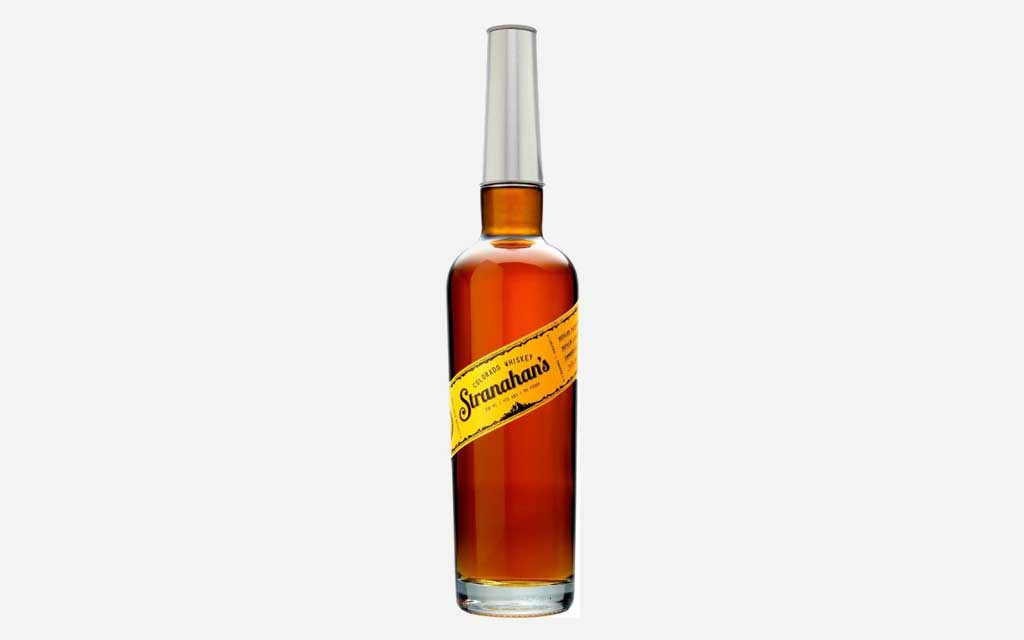
Stranahan’s Colorado Whiskey (Denver, CO)
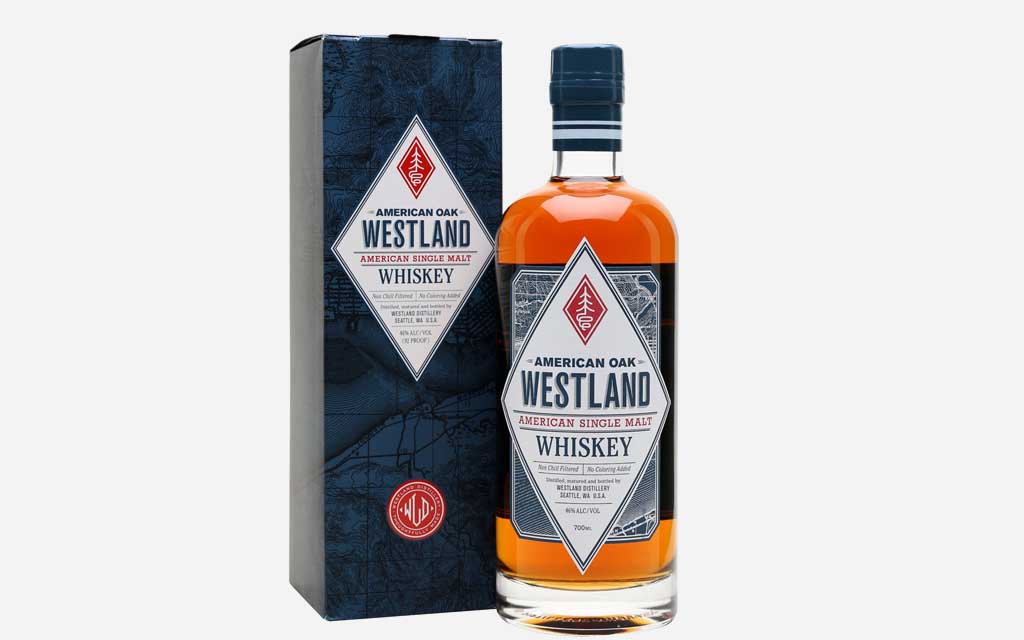
Westland American Oak American Single Malt (Seattle, WA)
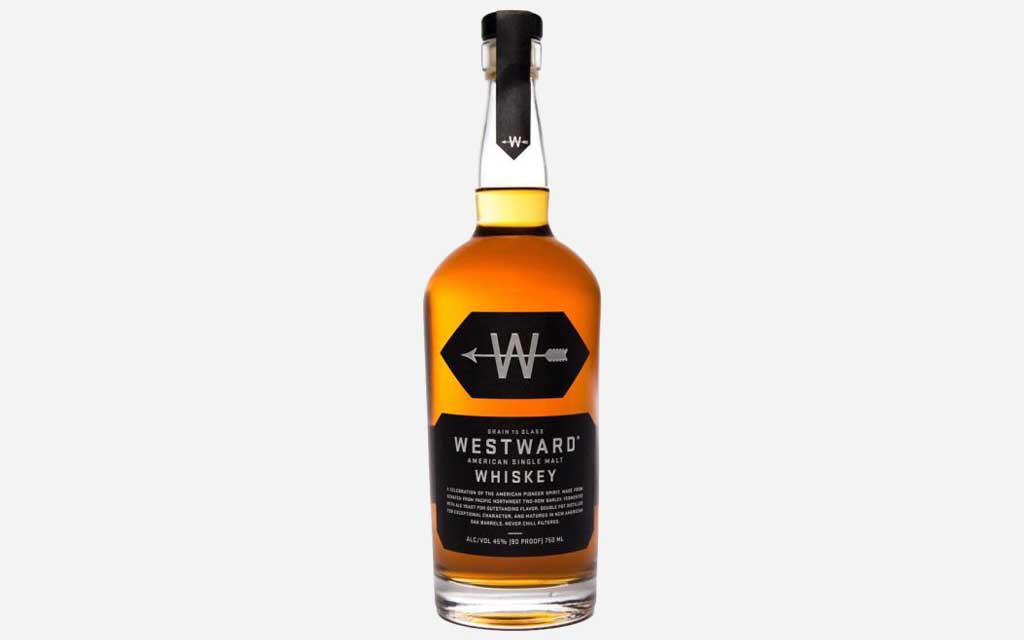
Westward American Single Malt (Portland, OR)
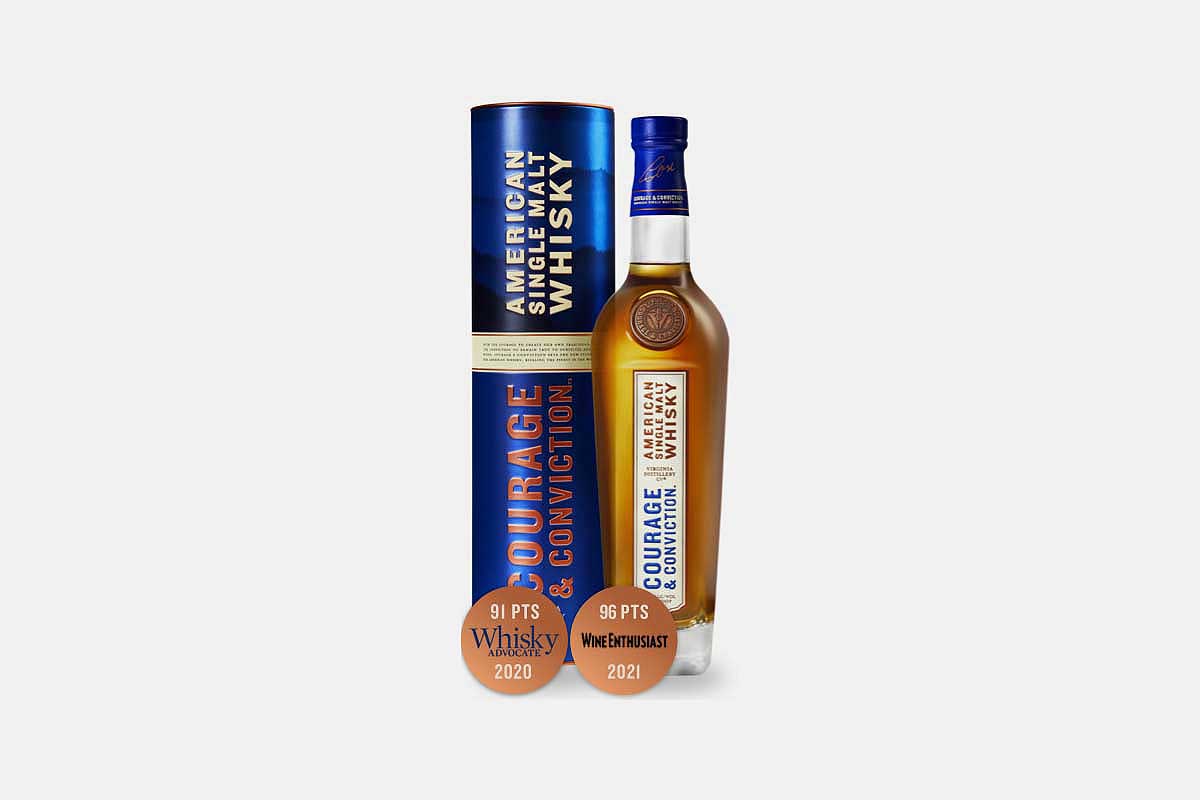
Courage & Conviction by Virginia Distillery Co (Lovingston, VA)
Join America's Fastest Growing Spirits Newsletter THE SPILL. Unlock all the reviews, recipes and revelry — and get 15% off award-winning La Tierra de Acre Mezcal.
